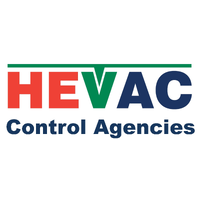Voltage Converters: Learn How They Work and How to Pick the Best Type
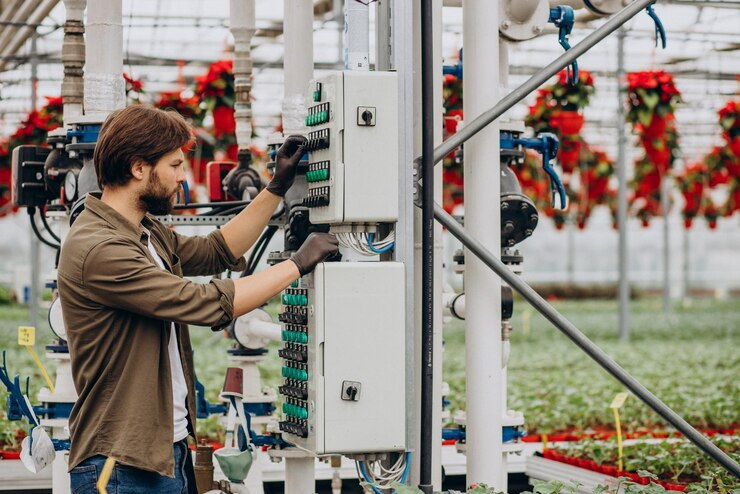
Voltage converters serve as pivotal devices in the field of electrical engineering, enabling the transformation of electrical output to suit various voltage requirements. Their role spans from powering essential household appliances to stabilising industrial equipment. Choosing the right converter hinges not only on understanding the mechanics of step-up and step-down conversions but also on evaluating efficiency, size, and built-in safety features. This exploration into voltage converters will provide insights into their operation and guide on selecting the most suitable type for your specific applications, ensuring both performance and safety are uncompromised.
What is a voltage converter?
According to Controls Traders a voltage converter is a device that changes the electrical output of a power source to a different voltage level.
Voltage converters come in various forms, such as step-up converters, which increase the input voltage, and step-down transformers, which decrease it. These devices are essential in adapting power supplies to the requirements of different electrical systems and appliances.
Common uses include power adapters for electronic devices, voltage stabilisers for consistent power delivery, and travel adapters for compatibility with international voltage standards.
Voltage regulators within these converters guarantee stable output voltage, preventing damage to sensitive equipment.
Whether for industrial applications or personal electronics, voltage converters play a critical role in guaranteeing safe and efficient power management.
How does a voltage converter work?
Voltage converters function by utilising electronic circuits to alter the input voltage to the desired output level. At the core of a voltage converter, electronic components facilitate voltage transformation.
In transformers, the primary coil receives the mains voltage, and through electromagnetic induction, the secondary coil delivers the altered voltage. A step up transformer increases the voltage, while a step down transformer decreases it.
For more precise control, switching voltage regulators are employed. These power converters rapidly switch on and off, controlling the duty cycle to achieve the desired output.
What types of voltage converters are there?
Several types of voltage converters are available, each designed to meet specific requirements and applications.
A voltage transformer adjusts the voltage level in AC circuits.
Power inverters, including sine wave inverters and modified sine wave inverters, convert DC to AC power.
Stepdown voltage converters reduce higher voltage to a lower level.
DC to DC converters are used for voltage adjustments within DC circuits.
Travel adapter converters facilitate the use of electrical devices across different countries.
Voltage stabilisers maintain a consistent voltage level, protecting sensitive equipment.
Frequency converters adjust the frequency of the electrical current.
Voltage regulators guarantee stable output voltage despite fluctuations in input.
Each type serves distinct purposes, making it essential to select the appropriate converter for your needs.
What's the difference between step-up and step-down converters?
Understanding the difference between step-up and step-down converters is key to selecting the appropriate device for voltage adjustment needs.
A step-up converter increases the input voltage range to higher output voltages, while a step-down converter decreases it, acting as a voltage reducer. These devices are essential for various applications requiring different transformers voltage.
A step-up converter is useful when the destination device needs a higher voltage than what is available. Conversely, a step-down converter fits scenarios where the needed output voltage is lower than the input.
Power voltage converters, including dual voltage models, guarantee compatibility between devices with differing voltage requirements, preventing damage and guaranteeing efficient operation.
Selecting the correct type depends on specific voltage conversion needs.
How do I choose the right voltage converter?
Choosing the right voltage converter involves understanding its common applications, evaluating essential features, and examining its capability to handle different power outputs.
Identifying the specific requirements of your devices will guide you in selecting an appropriate converter.
Additionally, considering factors such as efficiency, size, and safety features will guarantee peak performance and reliability.
What are common uses for voltage converters?
Voltage converters are vital for adapting electrical devices to different power standards, making them indispensable for international travel, industrial machinery, and consumer electronics.
Travellers often rely on travel adapters to guarantee their electronic devices function correctly overseas.
A DC-DC converter enables efficient power management in low-voltage applications, providing stable voltage output.
Industrial machinery frequently uses step-down voltage converters to match equipment power requirements.
Plug adapters simplify compatibility between differing power voltage standards.
In addition, voltage converters with built-in short-circuit protection enhance safety and reliability.
What are the features of a good voltage converter?
A quality voltage converter should offer key features such as efficiency, reliability, and compatibility with the intended application. The converter must handle various voltage levels and power supplies effectively.
An efficient transformer guarantees minimal energy loss, while a clean sine wave output is vital for sensitive electronics. Built-in safety protections prevent damage to connected devices. Voltage regulators maintain stable output despite fluctuations.
The converter should be compatible with various power plugs and come with travel plug adapters for international use. Confirming that the converter supports all your compatible devices is fundamental.
These features collectively determine the performance and safety of a voltage converter, making it suitable for diverse applications.
How does a voltage converter handle different power outputs?
To handle different power outputs effectively, a voltage converter must be designed with the specific voltage and current requirements of the devices it will power.
The power supply must accommodate varying voltage levels and guarantee proper voltage regulation.
Switch mode power converters are often preferred for their efficiency in managing electrical current.
When selecting a voltage converter, consider the device's power outputs, especially for voltage-sensitive equipment and power tools.
The converter must match the voltage and current ratings to prevent damage.
Choose a converter that offers reliable voltage regulation to maintain steady performance under different loads.
Proper selection guarantees the longevity and proper functioning of your power tools and other voltage-sensitive devices.
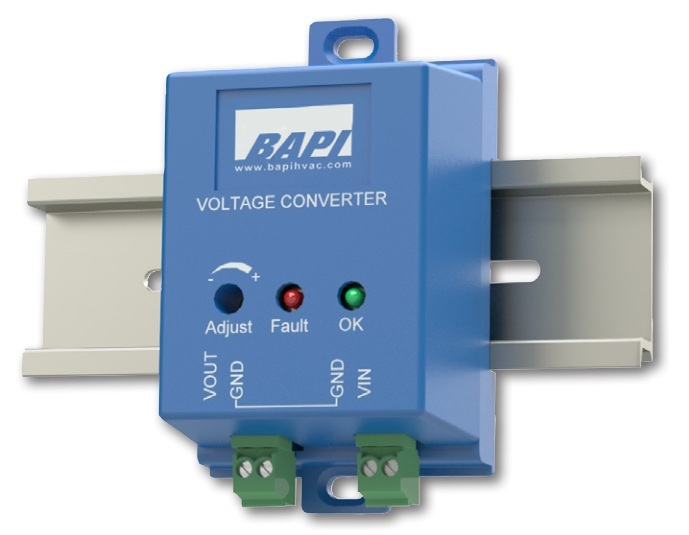
What safety measures are needed for voltage converters?
Proper installation, recognising signs of malfunction, and effective troubleshooting are essential safety measures when using voltage converters.
Ensuring the converter is installed correctly minimises electrical risks.
Additionally, being able to identify and address issues promptly can prevent potential hazards.
How do I install a voltage converter?
Installing a voltage converter requires careful attention to safety protocols to prevent electrical hazards and guarantee proper operation.
Begin by consulting the user guide to understand the voltage converter's specifications. Ascertain the input voltage matches your power supply and verify the output voltage corresponds to your device's requirements. If a plug adapter is needed, secure it firmly before connecting.
When dealing with step-down voltage converters, confirm the voltage levels are appropriate for your equipment. Implement all safety precautions, such as unplugging the power supply before making connections and avoiding contact with metal parts.
Adhere strictly to the manufacturer's guidelines throughout the installation process to ascertain safe and effective operation of your voltage converter.
What are the signs of a faulty voltage converter?
Identifying a faulty voltage converter is essential for maintaining safety and ensuring the proper functioning of your electrical devices.
Common signs of malfunction include irregular voltage levels, which can lead to power supply issues for connected devices. Overheating is another critical indicator, often resulting from internal component failure. Unusual noises, such as buzzing or humming, can also signal a problem. Voltage fluctuation is another sign to watch for, as it can harm sensitive equipment.
To mitigate risks, implement safety precautions like regular inspections and using devices within recommended voltage ranges. Ensuring that your voltage converter operates correctly will protect your electrical devices and enhance overall safety.
How do I troubleshoot voltage converter issues?
Addressing the signs of a faulty voltage converter requires systematic troubleshooting to pinpoint and resolve issues effectively.
Begin by checking the power supply to guarantee it provides continuous power without interruptions.
Inspect the voltage converter for any visible damage or signs of overheating.
Verify voltage regulation by measuring the output voltage; it should match the expected levels.
If experiencing over voltage or voltage issues, replace the fuse using a suitable fuse kit.
Confirm device compatibility, as mismatched devices can cause malfunction.
Test the power converter with another device to determine if the issue is with the converter or the connected device.
How long does a voltage converter last?
The lifespan of a voltage converter can vary based on usage, quality, and maintenance.
Proper upkeep is essential to guarantee long-term functionality.
Regular cleaning, avoiding overloading, and adhering to the manufacturer's guidelines are critical practices.
How do I maintain a voltage converter for long-term use?
To guarantee long-term use of a voltage converter, regular maintenance and understanding its impact on device compatibility and energy efficiency are essential.
Proper upkeep involves periodic checks and adherence to manufacturer guidelines.
Additionally, a well-maintained voltage converter can greatly enhance device performance and reduce energy consumption, contributing to its longevity.
How does a voltage converter affect device compatibility?
Frequently, a voltage converter plays an essential role in ensuring that electrical devices from different regions operate safely and efficiently.
By adjusting voltage levels through a power converter, it matches power supplies to device requirements.
Whether using a voltage doubler or adapting travel voltage, ensuring device compatibility involves considering outlet power, charging ports, and the correct adapter plug, safeguarding your electronics.
How does a voltage converter impact energy efficiency?
Understanding energy efficiency in voltage converters involves examining their design, operation, and maintenance.
Efficient voltage regulators and power converters guarantee minimal energy loss in power supplies.
Voltage dividers and direct power supplies must handle watt voltage effectively for peak performance.
High-quality voltage converters improve the energy efficiency of power tools, reducing wastage and enhancing overall system reliability.
Leave a comment
Popular Posts
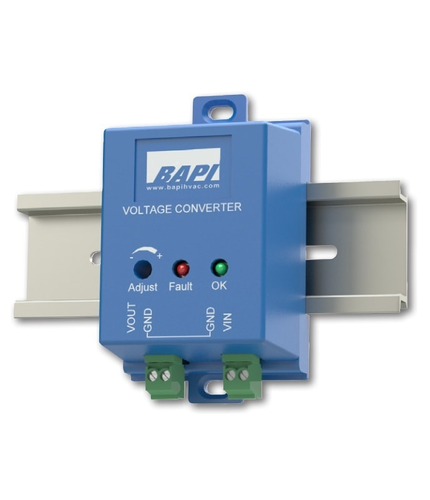
Voltage Converters: Learn How They Work and How to Pick the Best Type
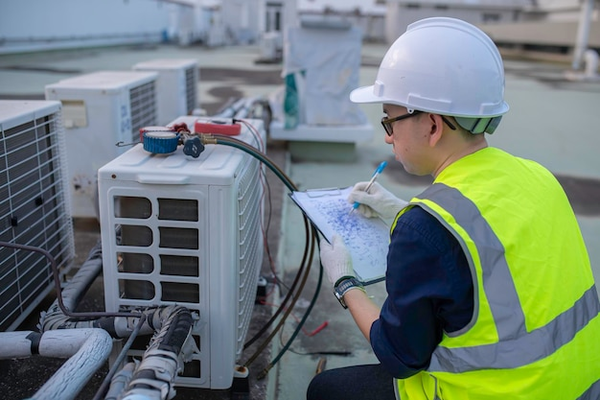
What is a Variable Speed Drive? A Beginner’s Guide to Understanding VSDs
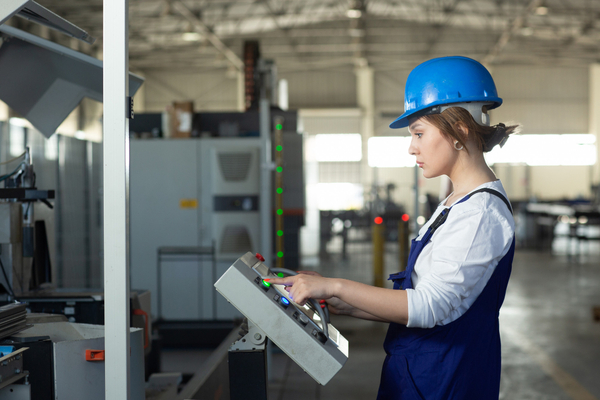
What is a VFD in HVAC and How Does it Work?













